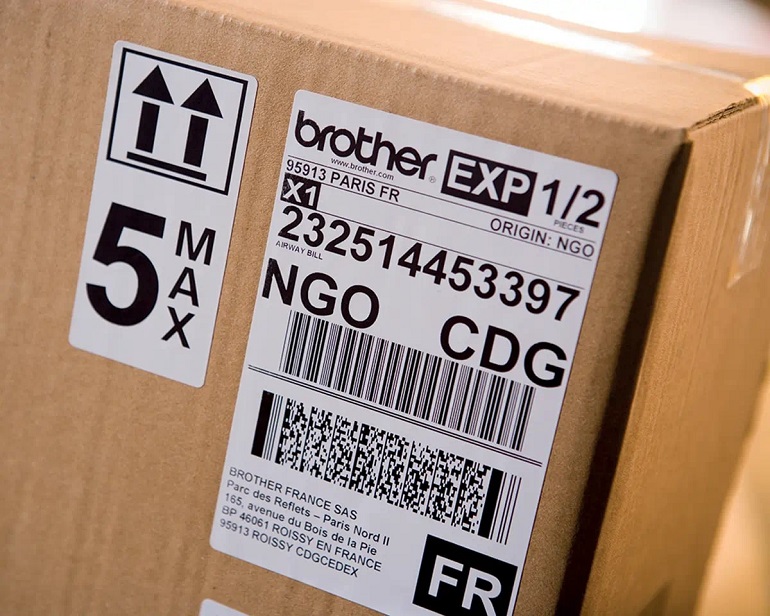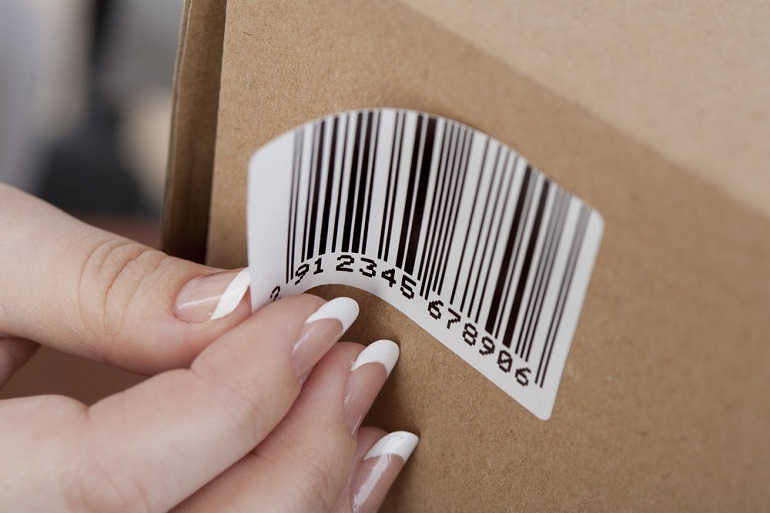If you’re a person working in a factory, warehouse, or office, you’ve probably used a label printer at some point in your life. They can be quite helpful for maintaining internal documents and data to ensure that nothing goes missing. Plus, they’re very practical for labelling and arranging things. But the printer on its own is not enough. It needs labels for printers. These amazing papers are complex and, if you have the right printer, they’ll hold the printed information for a long time.
All About Labels

Labels are important because they identify a product, represent the brand, and give you details and important information. A good and stable label should be suitable for the application. This means that the materials used to make the label have to be right for the environment. They should withstand the demands of the application, the adhesive should be strong enough to stick to the surface, and the topcoat should produce images, text, and barcode labels with impeccable quality to help out with your business needs.
Parts of the Label
These labels are made from many different layers. Each of them has a specific function and purpose in the labelling process. Manufacturers carefully placed them on top of each other so we can get high-quality looks. This will make the label look good and the customers won’t have a problem recognising the product.
Liner
Any pressure-sensitive label must have a liner in order to function properly. The backing paper known as the liner is what transfers the die-cut labels to the applicator and allows the adhesive-backed label to release onto the article. It has several functions. The first is to protect the label during usage and manufacturing. Second, to protect the adhesive until the label is placed on a product.
And third, it allows for an easy and simple application, no matter if you do it automatically or by hand. There are many different types of liners because there are different criteria they should meet. The most important things you should never compromise on when it comes to a liner are smoothness, strength, density, stability, and release level. And in terms of materials, liners can be made of film or paper.
Release Coating
Right after the liner, you have the release coating layer. It serves a very practical purpose and makes our lives a lot easier. Its function is to fight back the adhesive so you can peel it smoothly from the liner. The release coating is the only reason the liner doesn’t stick to the adhesive.
Adhesives

Depending on the label you can use light or moderate pressure to make it stick to the surface. This depends on two things, the surface where you should place it and the label’s durability. Think about how long the label should be on the product. Will it leave behind traces when it’s removed? What will the environment’s temperature be? What type of material will it be adhering to? Will it be exposed to any solvents?
Answering these questions will help you when you’re buying barcode labels considering permanent labels will leave marks behind when peeled, but the not-so-permanent ones will peel without leaving a trace. They can be made of acrylic or rubber. The rubber ones will stick easily, and moreover they’re beneficial because of being water-resistant and budget friendly.
The acrylic ones are easy to cut, can handle temperature variations, are clear in colour and are UV-resistant. These adhesives come with different properties and can be used for different applications such as:
- Ultimate adhesion – full bonding strength with the surface;
- Tack – immediate bonding strength;
- UV resistance – won’t weaken or change colour;
- Solvent-resistant – will stand up to alcohol, water or petrochemicals;
- Cold flow – good for low-temperature areas;
- Application temperature – strong in temperature variations;
- Adhere to curvy surfaces.
Facestock
This is the main material of labels. It got the name because it’s the face or the top of the label. You can find it in many materials, but the most common ones are:
- Paper – affordable, for indoor usage;
- Foil – layers of alloys or aluminium;
- Film – plastic or synthetic, for sewn-in tags and nursery applications;
- Tape – film or paper, but lacks a liner;
- Tag – stock of 5-10mm, with no liner or adhesive;
- Magnets – a combination of paper and magnets;
- Matte – for QR codes and barcodes, dull finish;
- Holograms – highly durable, for security and identification.
Topcoat
This layer adds a finishing touch to the label. It’s there to protect the facestock from absorbing moisture. Prevents any wear and tear and can even enhance some parts of the labels. Depending on where it will go and how the label will be used, this layer can also be UV sensitive.
Thermal Labels
For on-the-spot printing of information like ingredients, dates, addresses, prices and barcodes, thermal labels are the best option. The two best options for this are direct thermal and thermal transfer.
Direct Thermal
This is a process that involves the application of chemical layers to the synthetic base or the paper, and they get activated by applying heat. When the printer prints a label, it heats the little components on the paper, activating areas of the chemical layer, which then produces the graphics. These labels are most commonly used in warehouses, shipping, on a weigh scale, and for receipts and tickets.
Applying and using them is simple and they have short to medium lifespans. The direct thermal application works on most printers and it’s very budget friendly. One thing that’s a downside is that they will fade in 6-12 months. This makes them hard to read. So, if you need to keep any of these papers, make sure to make a copy.
Thermal Transfer
To do this type of printing, you’ll need a ribbon. While the printing process is in progress, the ribbon inside the printer heats up. When heated, it transfers the necessary marks on the paper, and this creates barcodes, names, numbers or other images. The thermal transfer gives us a long-lasting label suitable for indoor and outdoor labelling.
You can even use it in places with high moisture levels like warehouses, laboratories, and inventory labelling. Both 1D and 2D barcodes work well with thermal transfer, which is ideal for lines and small characters. It has a higher printing speed and more importantly, it’s chemical and heat resistant. The only concern is that the ribbon may wrinkle sometimes and damage the printer or the labels and the text.

